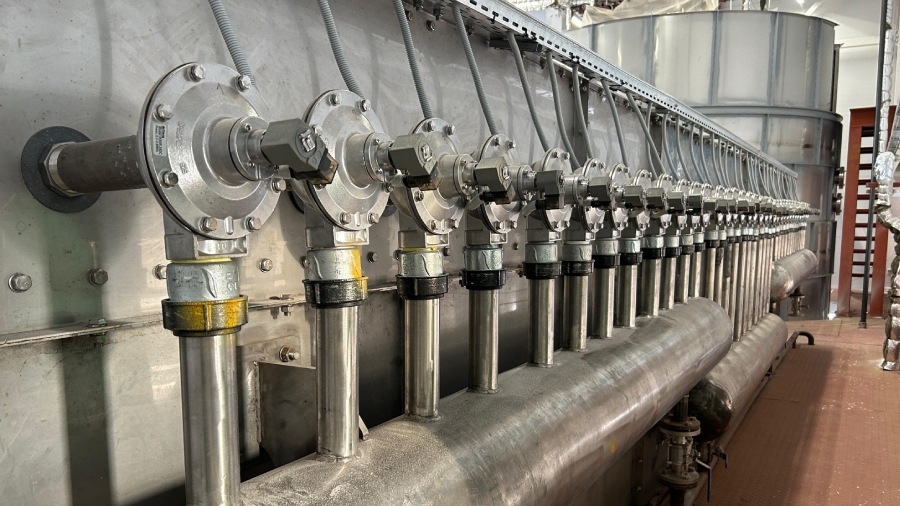Client’s Product
GMS (Glycerol monostearate), Stearic Acid & Palmitic Acid
Timeline
5 months
Plant Capacity
Plant 2 – 2 TPH
Project Status
Commissioned
Shachi’s Technology and Equipment
Project Snapshot
About the client
Challenges
- Provide a turnkey solution for the spray cooler plants.
- Ensure particle size distribution.
- Strict requirements for plant capacity.
- Mechanism to avoid product lump formation.
- Design the plants at a 30-meter height due to space constraints.
Solutions
Technical Prowess in Spray Cooler Plant Design
Shachi leveraged its technical know-how to design and build efficient Spray Cooler Plants, ensuring they met the client’s strict capacity and product quality requirements.
Rich Experience in Spray Cooler Plant Projects
With a history of successful Spray Cooler Plant projects, Shachi’s experienced team navigated project complexities seamlessly, adapting technology to the GMS, Stearic acid and Palmitic acid plant’s unique needs.
Advanced Manufacturing Facility
Shachi’s cutting-edge manufacturing facility enabled precision engineering and production, ensuring components met quality standards and project timelines. This infrastructure was pivotal to the project’s success.
Airflow Patterns
Developed a unique Air Distributer with an innovative design that achieves distinctive airflow patterns
Removal of heat of crystallization in product
Use of External Vibratory Fluidized Bed Cooler for post-cooling to avoid lump formation.

